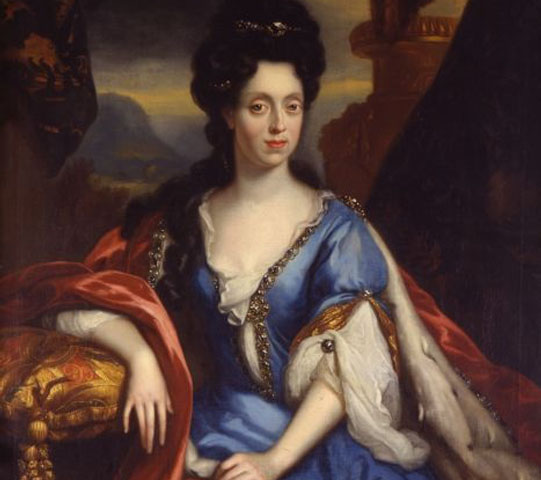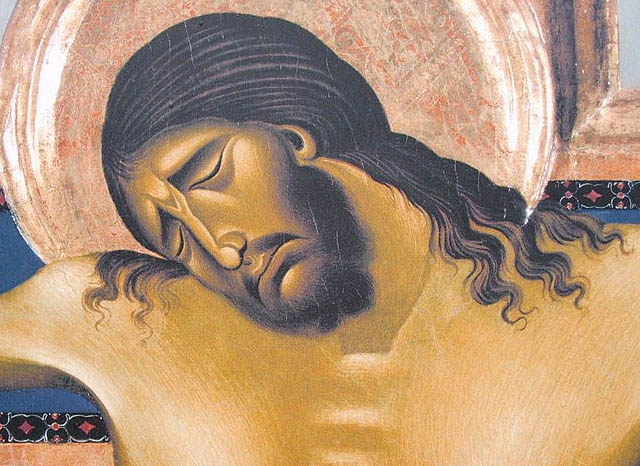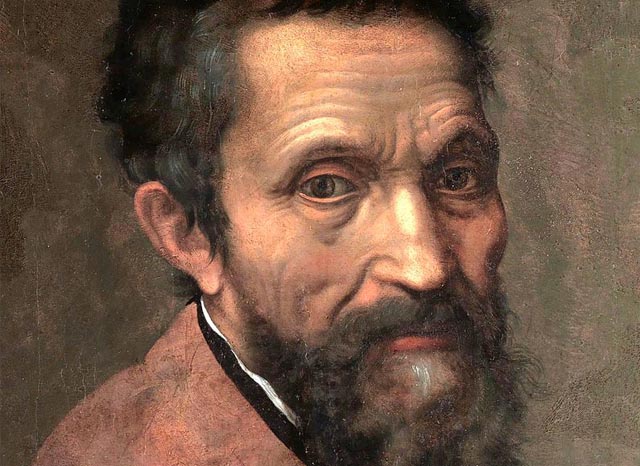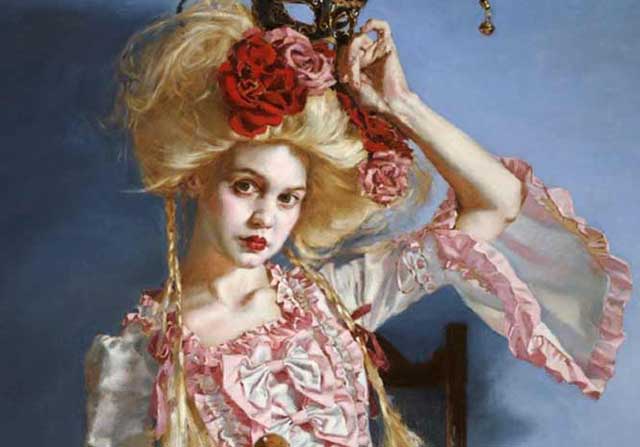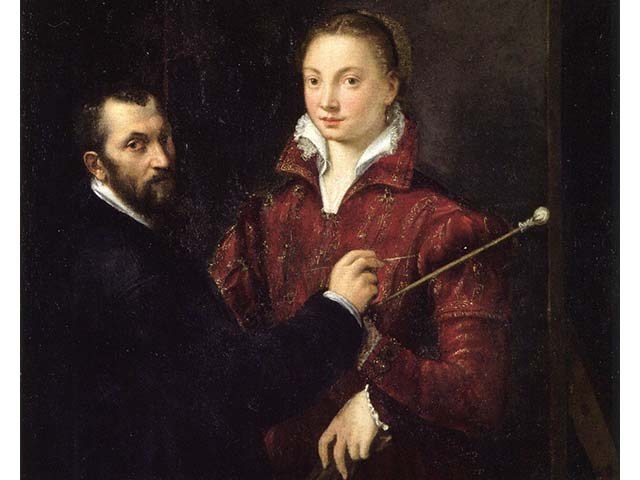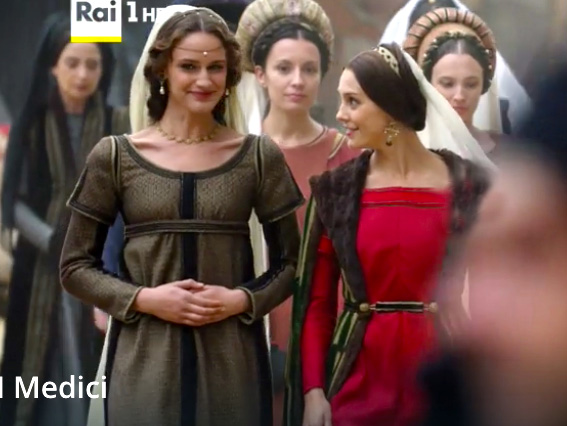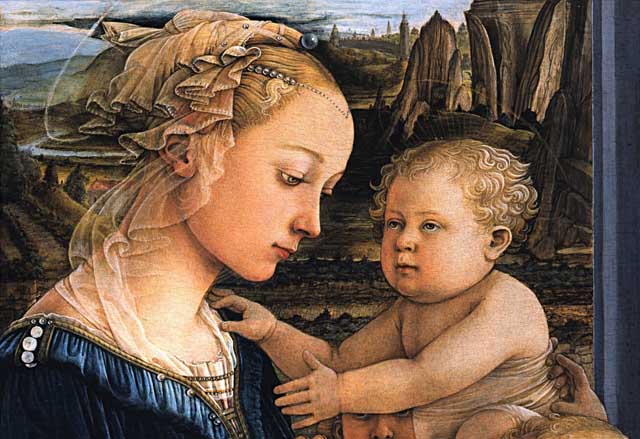
A priest and a nun, a love story, and a baby!
A forbidden love that defies the ages
There are many famous lovers in history, but few are as captivating as Fra Filippo Lippi and Lucrezia Buti—he a monk, she a nun!
Scandalous love stories abound, but the affair between Fra Filippo and Lucrezia surpasses those of Brad and Angelina or Madonna and Guy Ritchie. Our protagonists were bound to the Church—he a Carmelite monk, she a novice at the convent of Santa Margherita di Prato.
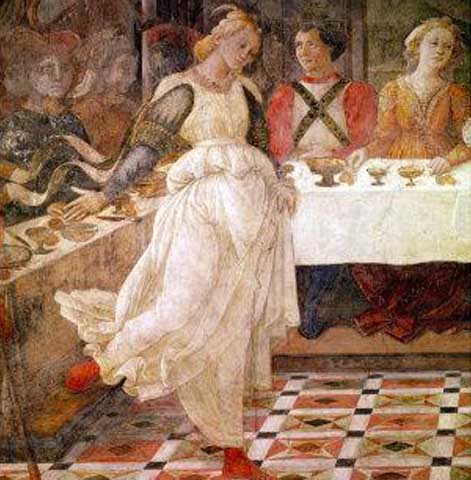
Under the Medici’s protection, inspiration for Botticelli
In addition to being a monk, Fra Filippo was a celebrated 15th-century painter supported by the Medici of Florence. His talent earned him commissions even from the King of Naples. Among his most notable students was Sandro Botticelli.
In the elegant lines of Salome, painted in the Cathedral of Prato, you can glimpse the elongated and delicate style that influenced Botticelli.
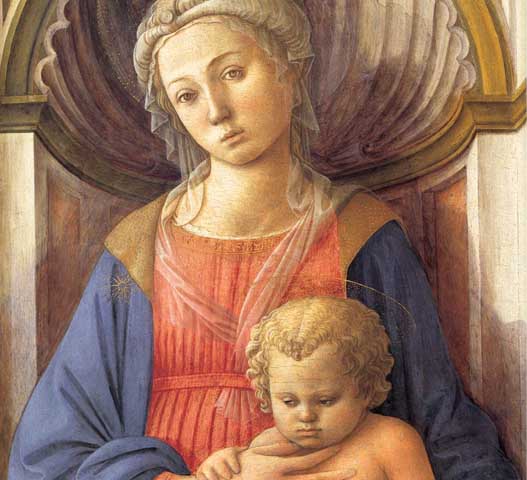
A monk with… flexible vows
According to Vasari, the first art historian to document the lives of Italian painters, Fra Filippo didn’t take his vows very seriously and was known for his fondness for beautiful young women.
Vasari records that, while working in Prato in 1456, Fra Filippo frequently kept the company of young women, indulging in numerous romantic adventures. But it was Lucrezia Buti who captured his heart.
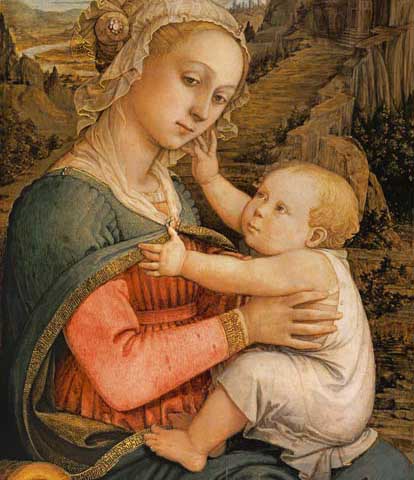
Their first meeting: love at first sight?
It was in Prato, while working on frescoes for the church of Santa Margherita, that Fra Filippo met Lucrezia Buti, the beautiful daughter of a Florentine silk merchant. Orphaned, Lucrezia was under the care of the convent sisters.
Fra Filippo was immediately struck by Lucrezia’s beauty and decided she would be the perfect model for the Madonna in his altarpiece. He requested permission from the sisters to have her sit for him.
A love that defied conventions
Things took a scandalous turn. It’s unclear whether Fra Filippo kidnapped Lucrezia during the Sacra Cintola festival or if she stayed with him willingly. Legend has it that the sisters were unable to retrieve her for weeks.
From their relationship came Filippino Lippi, who followed in his father’s artistic footsteps. Thanks to Cosimo de’ Medici, Pope Pius II granted Fra Filippo permission to marry Lucrezia.
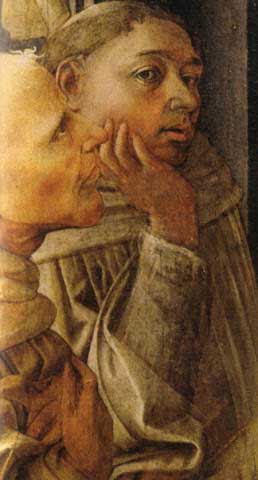
Truth or legend?
Filippo was rumored to have been poisoned before marrying, but this seems unlikely. The couple had a daughter, though Filippo’s affairs continued, leading them to live apart. After his death, Lorenzo the Magnificent commissioned a monument in Spoleto to honor him.
Vasari’s tale might be mere gossip, written years later and likely embellished.
Read the novel that was inspired by Fra Filippo Lippi and Lucrezia Buti!
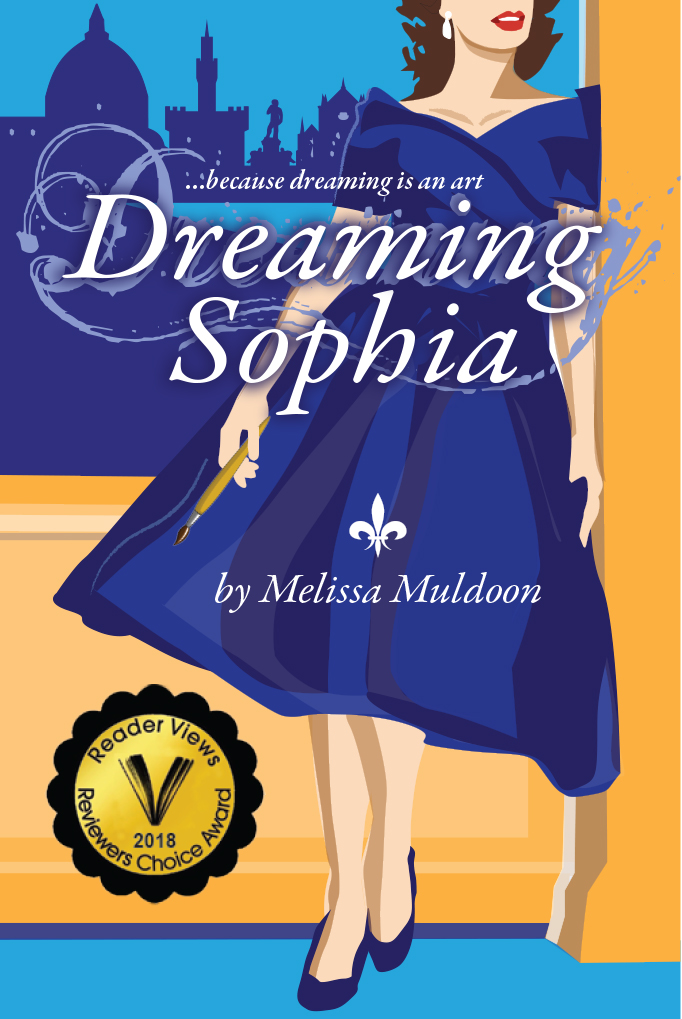
Dreaming Sophia
Dreaming Sophia is a magical look into Italy, language, art, and culture. It is a story about turning dreams into reality and learning to walk the fine line between fact and fantasy. When tragedy strikes, Sophia finds herself alone in the world, without direction and fearful of loving again. With only her vivid imagination to guide her, she begins a journey that will take her from the vineyards in Sonoma, California to a grad school in Philadelphia and, eventually, to Italy: Florence, Lucca, Rome, Verona, Venice, and Val d’Orcia. Through dreamlike encounters, Sophia meets Italian personalities—princes, poets, duchesses, artists, and film stars— who give her advice to help put her life back together. Following a path that takes her from grief to joy, she discovers the source of her creativity and learns to love again, turning her dreams into reality.
Excerpt from first draft of “Dreaming Sophia” — dialogue between Sophia the protagonist and Fra Filippo’s Madonna.
Sophia turned the page in her sketchbook as she wandered through the Uffizi Gallery, letting the paintings whisper their stories to her. Around her, the serene faces of Madonnas—painted by Cimabue, Simone Martini, Giotto, and Michelangelo—seemed to glide past, each carrying centuries of devotion and artistry.
As she approached one particularly exquisite work by Fra Filippo Lippi, she paused, captivated by the delicate curve of the Virgin’s profile as she murmured softly to her child. But just as Sophia leaned in to admire the tender exchange, a sudden squeal of pain escaped the Madonna’s lips. Startled, Sophia glanced down—one of the chubby little angels at her side had stepped on her toe! The infant Jesus, disturbed by the commotion, began to wail, prompting the Madonna to scold the mischievous cherub. Then, with a sigh, she cradled her child and, in a voice as soothing as a brushstroke, began to sing a gentle Ninna nanna, rocking him back into peace.
When the Virgin noticed Sophia watching, she smiled warmly and beckoned her closer. Leaning in with a conspiratorial whisper, she said, “Oh, Sophia, I’m so glad you stopped by! You have no idea how much I long for adult conversation. Sitting with these three all day is enough to drive any mother to distraction. Tell me, would you like to hear a rather scandalous little story?”
Sophia glanced around, checking for the museum guard. Then, unable to resist a bit of gossip with the Madonna herself, she stepped closer, her curiosity piqued.
With a knowing shake of her head, as if she could hardly believe it herself, the Virgin murmured, “Did you know the man who painted me was a Carmelite monk? And yet, his true devotion wasn’t to his religious vows but to a rather lovely, golden-haired nun named Lucrezia Buti! Imagine that!”
“Scandalous,” Sophia whispered, eyes widening as she glanced up from her sketchbook, her pencil tracing the elegant curve of the Virgin’s neck.
Pleased with Sophia’s reaction, the Madonna leaned in, lowering her voice to a dramatic whisper. “Now, unlike Botticelli’s dear Simonetta in the other gallery—such a graceful, modest girl—Lucrezia, that brazen hussy, had no such reservations. From the very moment she met Filippo, she was ready to jump into his bed.” The Virgin rolled her eyes toward the heavens, as if offering a silent blessing for Lucrezia’s wayward soul, then continued, “For years, those two carried on a scandalous affair, sneaking around under the noses of monks and nuns alike. Can you imagine?”
Sophia shook her head, wide-eyed.
The Madonna smirked knowingly. “Oh, trust me, it wasn’t as secret as they thought. Everyone knew about it—everyone!” She adjusted the baby on her shoulder, patting him gently until he let out a tiny burp. Smiling down at her child, she added, “And when the church elders finally caught on… Santo Cielo! What a brouhaha! Absolute chaos! The scandal turned everything upside down. In the end, they renounced their vows, left the convent, and got married instead.”
Sophia raised an eyebrow. “And did they have a happy marriage?”
The Madonna tilted her head thoughtfully. “Well… despite the rumors to the contrary, I’d say their marriage was quite successful.” She sighed as her baby reached up with a pudgy fist, grabbing a handful of her delicate gossamer headdress. “Uffa!” she huffed, prying his tiny fingers loose before gently passing him back to her two little angelic helpers.
As she smoothed her hair and retucked a golden curl that had come undone, she continued, “Filippo and Lucrezia had two darling children, a boy and a girl. Their son, named after his father, inherited his artistic talent. Little Filippino grew up to be a brilliant painter himself—perhaps even more refined than his father.”
The Madonna sighed, a wistful smile playing on her lips. “Well, I suppose I can’t blame them too much. It seems, in the end, they truly did love each other.” She paused, gazing at Sophia with a twinkle in her eye. “And when all is said and done… I owe my beauty to the notorious Lucrezia Buti.”
Leaning in slightly, she raised a delicate hand as if to shield her words from the listening angels and whispered, “They say I’m the spitting image of her. Imagine that! This innocent, virginal visage”—she gestured toward herself with a graceful flourish—“is actually modeled after a rather naughty nun!”
She chuckled softly, shaking her head. “Oh, the irony!”
